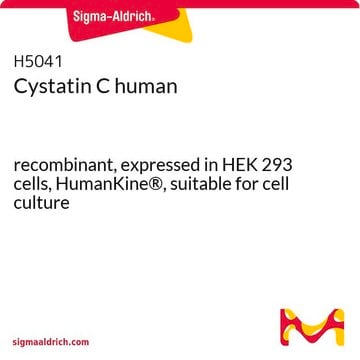B3188
BYK204165
≥98% (HPLC)
Synonym(s):
4-(1-methyl-1H-pyrrol-2-ylmethylene)-4H-isoquinolin-1,3-dione
About This Item
Recommended Products
Assay
≥98% (HPLC)
form
powder
storage condition
desiccated
color
yellow
solubility
DMSO: >20 mg/mL
storage temp.
2-8°C
SMILES string
Cn1cccc1\C=C2/C(=O)NC(=O)c3ccccc23
InChI
1S/C15H12N2O2/c1-17-8-4-5-10(17)9-13-11-6-2-3-7-12(11)14(18)16-15(13)19/h2-9H,1H3,(H,16,18,19)/b13-9-
InChI key
BTYSIDSTHDDAJW-LCYFTJDESA-N
Gene Information
human ... PARP1(142)
mouse ... PARP1(11545)
rat ... PARP1(25591)
Biochem/physiol Actions
Signal Word
Warning
Hazard Statements
Precautionary Statements
Hazard Classifications
Skin Sens. 1
Storage Class Code
11 - Combustible Solids
WGK
WGK 3
Flash Point(F)
Not applicable
Flash Point(C)
Not applicable
Certificates of Analysis (COA)
Search for Certificates of Analysis (COA) by entering the products Lot/Batch Number. Lot and Batch Numbers can be found on a product’s label following the words ‘Lot’ or ‘Batch’.
Already Own This Product?
Find documentation for the products that you have recently purchased in the Document Library.
Our team of scientists has experience in all areas of research including Life Science, Material Science, Chemical Synthesis, Chromatography, Analytical and many others.
Contact Technical Service






